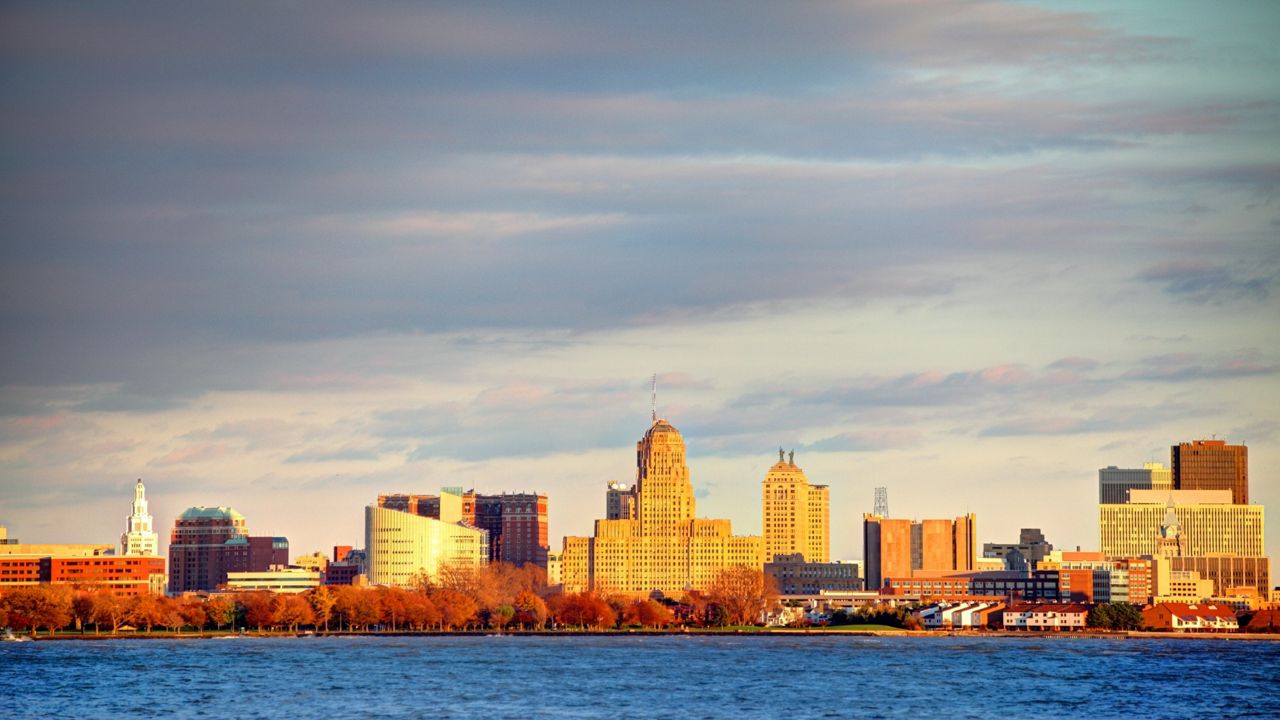CLARENCE, N.Y. – It might be cold and snowy this Tuesday, but, as you look out your window and start thinking about any spring projects like gardening, you might want to start thinking about the Eastern Monarch Butterfly.
Dave O'Donnell already is. In fact, for the past two decades, it's really all he thinks about year round. That's when O'Donnell, aptly named the 'Butterfly Man', started the Eastern Monarch Butterfly Farm. On this snowy day, he's looking over his butterfly spare parts. He helps injured butterflies get back flying. But, that's not all he does. Once the iconic pollinators make their return in May, he rescues about 1,500 of them.
"And then I raise them into adult butterflies."
If you want Monarchs in your backyard like his, O'Donnell says it's not that hard. And, by making a habitat for your viewing pleasure, could actually help save them.
"The Monarch butterfly has been in the decline since about 1999 or so," O'Donnell said.
From 2019 to 2020 the Eastern Monarch Butterfly alone saw a 53 percent decrease in its population. This is according to the World Wildlife Fund, Mexico, which monitors how many butterflies winter in there. Numbers are still coming in for this year. O'Donnell says it's time to take action, and it's as simple as planting milk weed.
"They'll be useful as soon as they come out of the ground," O'Donnell explained. "The Monarch Butterfly is looking for that green leaf to lay the egg."
The flower is also a source of food. O'Donnell has little packs you can plant now, and then transfer when the time is right. He jokes and says 'take butterfly steps,' and create an entire garden of native plants other insects can feast on. There is a trick to that though, he says think like a pollinator.
"Not square, not round, because I look at the landscape through the eyes of the pollinator," he suggested. "They don't want to see a garden gnome, you know."
He also suggests adding logs, a water source and low growing shrubs like a spice bush or willow so they can hide. O'Donnell says it’s up to us to help the environment, leaving it better for future generations.
"It's all about changing people's attitude toward the environment, towards nature and learning to just once again co-exist," O'Donnell said.







